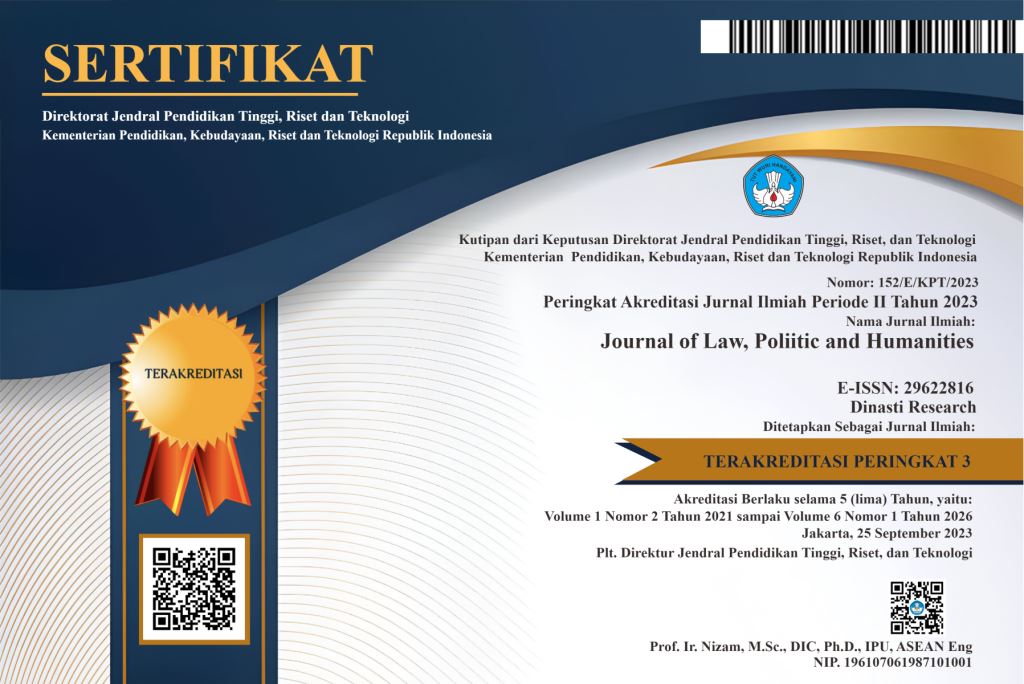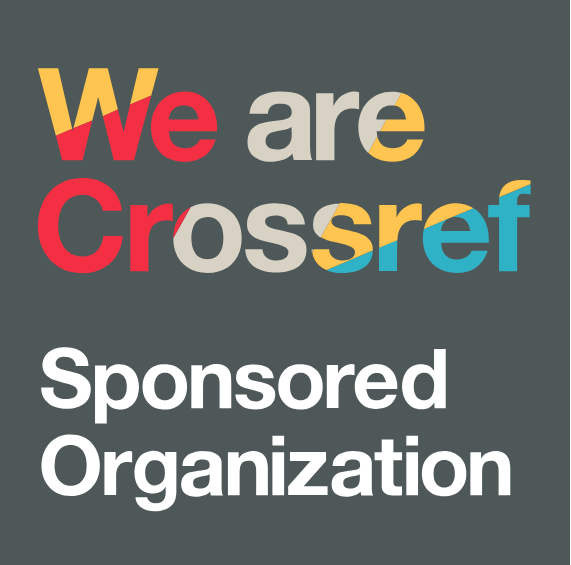Press Law as Social Engineering in Improving the Literacy of Sailor Tribe Communities in Maumere Bay Who are Vulnerable to Hoax News and Hate Speech
DOI:
https://doi.org/10.38035/jlph.v5i3.1234Keywords:
Press Law; Social Engineering; Literacy; Hoax; Hate SpeechAbstract
This research raises the urgency of the importance of press law as a social engineering tool in improving the literacy of the Sailor Tribe community in Maumere Bay, Flores, NTT, which is vulnerable to hoax news and hate speech. The complex social context and problems increasingly troubling the community require a holistic approach involving legal, social, and educational aspects. The main objectives of this research were to identify the role of press law in improving the literacy of the Sailor Tribe community in Maumere Bay and reducing the negative impact of the spread of hoax news and hate speech. The research method used was a combination of normative and empirical including descriptive analysis, qualitative, interviews, media content analysis, and educational program development. Through this approach, an effective strategy was found to utilize press law as an instrument of positive social engineering. This research had not only academic relevance but also important practical implications to increase public understanding of correct and responsible information and reduce the negative impact of spreading hoax news and hate speech.
References
Anditya, A. W. (2020). Instilling Pancasila Values through Social Control by Mass Media to Suppress Crime in Indonesia. Nurani Hukum, 3, 29.
Baran, S. J., & Davis, D. K. (2015). Mass communication theory: Foundations, ferment, and future (7th ed.). Wadsworth Publishing.
Bian, T., Xiao, X., Xu, T., Zhao, P., Huang, W., Rong, Y., & Huang, J. (2020, April). Rumor detection on social media with bi-directional graph convolutional networks. In Proceedings of the AAAI conference on artificial intelligence (Vol. 34, No. 01, pp. 549-556).
Brashier, N. M., & Schacter, D. L. (2020). Aging in an era of fake news. Current directions in psychological science, 29(3), 316-323.
Djaja, B., & Veronica, R. (2023). Peran Uu Ite Dalam Mewujudkan Masyarakat Indonesia Yang Saling Menghormati Sesama Di Era Digital. Jurnal Serina Sosial Humaniora, 1(1), 146-152.
Hutchins Commission. (1947). A free and responsible press: A general report on mass communication. University of Chicago Press.
Imran, A. M., & Sabarrang, A. M. (2022). Konjo Dalam Perspektif Kerajaan Pesisir Dan Islamisasi di Sulawesi SelataN. Penerbit K-Media.
McQuail, D. (2010). McQuail's mass communication theory (6th ed.). Sage Publications.
Pound, R. (1942). An introduction to the philosophy of law. Yale University Press.
Rachlin, H. (1985). Behavior and learning: A theory of reciprocal reinforcement. New York: W.H. Freeman and Company.
Setyawan, A., Muharam, F., Atmaja, J., & Nurdiansyah, C. (2021). Implementasi Penegakkan UU Pers Terhadap Delik Pers dan Kekerasan Jurnalis di Tahun 2020. Jurnal Ilmu Komunikasi, 8(1).
Wimmer, R. D., & Dominick, J. R. (2014). Mass media research: An introduction (10th ed.). Cengage Learning.
Downloads
Published
How to Cite
Issue
Section
License
Copyright (c) 2025 Theresia Da Cunha, Yonas K. G. D Gobang, Yosefina Daku

This work is licensed under a Creative Commons Attribution 4.0 International License.
Authors who publish their manuscripts in this journal agree to the following conditions:
- The copyright on each article belongs to the author(s).
- The author acknowledges that the Journal of Law, Poliitic and Humanities (JLPH) has the right to be the first to publish with a Creative Commons Attribution 4.0 International license (Attribution 4.0 International (CC BY 4.0).
- Authors can submit articles separately, arrange for the non-exclusive distribution of manuscripts that have been published in this journal into other versions (e.g., sent to the author's institutional repository, publication into books, etc.), by acknowledging that the manuscript has been published for the first time in the Journal of Law, Poliitic and Humanities (JLPH).


























